Asthma is a common long-term lung condition that affects the airways. The lungs and airways can become easily inflamed when exposed to certain triggers such as inhaling pollen or catching a cold, resulting in symptoms such as coughing, breathlessness and wheezing. For some people, asthma is a minor inconvenience, for others, it can be a major problem that interferes with daily activities.
Childhood asthma is no different from asthma in adults and can cause bothersome daily symptoms that can interfere with play, sports, school and sleep. In some cases, unmanaged asthma can result in a dangerous asthma attack. 1 in every 11 children in the UK lives with asthma. With the right treatment, you and your child can manage the symptoms and prevent damage to growing lungs. Asthma cannot be cured, but its symptoms can be managed. As the condition often changes over time, it is important that you communicate with your doctor to track your signs and symptoms and adjust your treatment when necessary.
Causes
The exact cause of asthma is unknown. People with asthma have swollen and sensitive airways that become narrow and congested with sticky mucus, due to certain triggers. Reactions to a trigger can be delayed, making it more difficult to identify. Triggers vary from child to child and can include:
- Viral infections such as colds and flu
- Allergies to dust mites, animal fur/feathers or mould
- Exposure to smoke, fumes and pollution
- Medicines such as anti-inflammatory painkillers like ibuprofen and aspirin
- Emotions, including stress or laughter
- Weather changes, cold air, wind, thunderstorms, heat and humidity
- Mould or damp
- Living in an area with high pollution
- Physical activity
- Parents with asthma
- Obesity
Once you identify your child’s triggers, trying to avoid them may help control their asthma symptoms, although sometimes there is no obvious trigger.
Symptoms
It can be difficult to tell whether your child’s symptoms are caused by asthma. You may find that your child only shows one symptom such as a lingering cough or a wheezing sound when breathing that can also be a sign of infectious bronchitis or another respiratory condition. Symptoms vary from child to child and may get better or worse over time. Common signs and symptoms in children may include:
- Frequent, lasting coughing that keeps coming back. This is often worsened by cold air, after being active/doing exercise, or if your child has a viral infection. It is usually obvious more at night, or early morning
- A whistling or wheezing sound when they breathe
- Shortness of breath/ breathlessness
- Chest tightness (a child may describe this as a tummy ache)
- Trouble sleeping due to shortness of breath, coughing or wheezing
- A slow recovery or bronchitis following a respiratory infection
- Difficulty breathing which hinders playing or exercise
Although asthma is not the only cause of these symptoms, it is more likely if they:
- Occur frequently and continue to come back
- Are worse at night and early in the morning
- Appear to occur in response to an asthma trigger such as exercise or an allergy
Book an appointment with your doctor if you are concerned your child may have asthma. Contact 999 if your child is struggling to breathe. Signs to look out for include:
- Their tummy is sucking in
- Their ribs are sticking out
- Obvious sucking in at the front of their throat
- Being unable to finish sentences or eat because they are so breathless
Asthma can sometimes worsen for a short period; this is known as an asthma attack. It can happen suddenly or gradually over a few days. It is important to be aware of the symptoms of an attack. Signs of a severe asthma attack include:
- Severe and constant wheezing, coughing and chest tightness
- Becoming too breathless to eat, drink or sleep
- Rapid breathing
- Blue lips or fingers
- An accelerated heartbeat
- Confusion, exhaustion or dizziness
Diagnosis
Asthma can be difficult to diagnose. The doctor will ask about any breathing problems, consider the symptoms and their frequency, along with your child’s medical history. Your child may need to undergo tests to rule out other conditions and to identify the most likely cause of the symptoms.
A number of childhood conditions show similar symptoms to those caused by asthma. Your child’s doctor will have to determine whether the symptoms are caused by asthma, a condition other than asthma, or both asthma and another condition. Conditions that can cause asthma-like symptoms include:
- Rhinitis
- Sinusitis
- Dysfunctional breathing
- Acid reflux or gastroesophageal reflux disease (GERD)
- Airway abnormalities
- Respiratory tract infections such as bronchiolitis
Tests cannot always be carried out easily on young children, so your child may be given an asthma inhaler to see if it helps relieve their symptoms until they are old enough to undergo testing. If deemed appropriate, your child may require one or more of the following tests:
The doctor will carry out a physical examination where they will listen to your child’s heart and lungs and look in their nose or eyes for signs of allergies. Your child may also undergo a chest X-ray that will help show if sinus infections or gastroesophageal reflux disease (GERD) is making their asthma worse.
Lung function tests (spirometry)
Doctors diagnose asthma in children with the same tests used to identify the disease in adults. Spirometry measures how quickly and how much air your child can exhale. It may be necessary for your child to have lung function tests resting, after exercising and after taking asthma medication.
Another lung function test performed is bronchoprovocation. Using spirometry, this test measures how your lungs react to certain factors such as exercise or exposure to cold air.
Exhaled nitric oxide test
If diagnosis is uncertain following a lung function test, your doctor may suggest gauging the level of nitric oxide in an exhaled sample of your child’s breath. Nitric oxide testing may also help determine whether steroid medications can be useful for your child’s condition.
Unfortunately, these tests are usually inaccurate on children under the age of five. For younger children, your doctor will rely on information provided by you and your child regarding the symptoms. In some cases, a diagnosis cannot be made until later, following months or even years of symptom observation.
Allergy tests for allergic asthma
If your child appears to have asthma that is triggered by allergies, your doctor might suggest allergy skin testing. During a skin test, the skin is pricked with substances that commonly cause reactions (such as animal fur, mould or dust mites), and observed for signs of an allergic reaction.
Treatment
The first step in managing your child’s asthma symptoms is to identify and avoid triggers. However, they may still require medication to help control the symptoms.
It is important for your family, your child’s school, and any other caregivers to understand the treatments being used and be prepared and ready for an asthma attack. You need to know what to do when the symptoms occur and must always have an inhaler ready to use. It is also important to identify and avoid any asthma triggers.
Different treatment plans are recommended depending on whether your child is under 5 years or aged 5 – 16. However, in both cases the goal is always to make sure their asthma is managed as well as possible, using the lowest doses of asthma medication possible.
Unfortunately, there is currently no cure for asthma; however, with the correct treatment it is possible to lessen inflammation and to prevent and treat asthma attacks. The majority of children diagnosed with asthma will be able to lead full and active lives once the condition is under control. In some cases, children will grow out of their asthma after some time, but for others this can be a lifelong condition that will require careful and constant management.
Asthma treatment usually includes medication that is taken through an inhaler. Parents will need to learn how to use the inhaler if their child is aged 5 or less; older children will learn how to use the inhaler themselves.
Available treatments for asthma include medications that act as preventers of symptoms and those that act as symptom relievers. Bronchodilators (medication used to help relax the airways and increase airflow) are commonly used as rescue therapies for quick relief of asthma symptoms. Anti-inflammatories (medication to help reduce inflammation and swelling of the airways) are typically used as long-term asthma medications to help manage symptoms and lessen the need for rescue therapies. These long-term medications, including corticosteroids help to reduce the inflammation that may result in asthma symptoms. Depending on your child’s needs, they may need to use a preventer inhaler to reduce inflammation and a reliever inhaler only when the symptoms flare up. Medications that may be used to help treat asthma in children between the ages of 6 and 15 include:
Biologic medicines
These are injected medications used for particular forms of severe asthma. They are accessible for children age 6 and older.
Anti-leukotrienes
These medications help reduce the narrowing of the airways. They are often given orally and a used to treat mild symptoms.
Allergy shots (immunotherapy)
These can be used to reduce allergies to environmental triggers such as dust, pollen or animal fur. Based on how well your child’s current medications appear to control the symptoms, your child’s doctor may increase treatment to a higher dose or add another type of medication. If your child’s asthma is well controlled, the doctor may reduce your child’s medications.
Whilst the majority of medications can be delivered in numerous forms, younger children typically benefit from using nebulisers and oral medications for their treatment. Younger children can also take medications via inhalers using a spacer device and a correctly sized mask.
Inhalers
Inhalers are handheld devices used to pump medicine into the lungs. They may require some practise, as you have to press the device and then inhale the medication. A spacer fastens to the inhaler and holds the medicine in a small holding chamber, so your child can inhale it when ready. This works well, particularly for young children and babies. You can also attach a mouthpiece or a facemask to the spacer for easier inhalation.
A dry powder inhaler releases medicine as you inhale powder forcibly out of the inhaler. This method involves a bit more work on the user’s part, and typically isn’t the best choice for younger children.
Nebulisers
Nebulisers are plug-in or battery-powered devices that turn liquid asthma medication into a mist that is easily inhaled. They are especially good for children as they are automatic. To take the medication, your child wears the nebuliser’s mouthpiece or facemask, and then breathes in the mist slowly. It generally takes 5 – 10 minutes to breathe in the medicine from the nebuliser. The disadvantage is that the machines need a power source and are less portable than inhalers.
Treating ‘suspected asthma’ in Children Under Five
Children under five are unable to undergo the usual diagnostic tests. If your child’s symptoms are infrequent, your doctor may suggest a ‘watch and wait’ approach. The doctor might prescribe a reliever inhaler for your child to take for when they experience symptoms.
If your child is showing symptoms three or more times a week, or is waking up at night with symptoms, it may be suggested to try some asthma medication for about eight weeks to see if this helps. Following this period of taking medication, your doctor will ask you to bring your child back in to assess how the medication has worked. If they show improvements, it is more likely that your child has asthma. However, if your child’s symptoms are still unmanaged following the use of medication, your doctor may refer your child to a specialist for further support and investigation.
Inhaled corticosteroids (a class of steroids) are the most frequently used long-term asthma control drugs for children under the age of five. Leukotriene modifiers may be added to a treatment plan when an inhaled corticosteroid treatment alone fails to manage the asthma. The drug montelukast (Singulair) is accepted in a chewable tablet form for children age 2 – 6 and in a granular state to be added to pureed food for children as young as one.
Most asthma medications are provided with an instrument called a metered dose inhaler that requires a correctly timed deep breath to move medication to the lungs. Attachments for metered dose inhalers and other devices can make it easier for children under five to get an appropriate dose.
Outlook
Asthma can be a serious condition; however, with proper care it is possible for your child to live a healthy, active life. Treatment can help control and manage symptoms and although you cannot prevent the condition, you can help prevent asthma attacks. Do not hesitate to seek emergency medical treatment if your child’s symptoms do not improve after using an inhaler.
If you are concerned that your child has developed asthma, speak to your doctor for a referral to One Ashford Hospital. Our Paediatric Consultants are highly experienced in diagnosing and treating children with asthma, with our medical team and paediatric nursing staff offering support in a caring manner at all times.
To make an appointment to see a Consultant Paediatric Consultant, please contact the reservations team on 01233 364 036 or email [email protected]
One Ashford Hospital is located in Kent and is ideal for private, insured and NHS patients located in Ashford, Dover, Canterbury, Folkestone, Maidstone and all nearby areas.
Why Choose One Ashford Hospital
• Access to leading Consultants within 48 hours*
• Competitive fixed-price packages
• Modern purpose-built hospital
• Fast access to diagnostics including MRI, X-Ray and Ultrasound
• Private, spacious, ensuite rooms
• Specialist Physiotherapy and nursing teams
• Little waiting time for surgery
• Calm, dignified experience
*Dependent on Consultant availability
**Terms and conditions apply




 One Ashford
One Ashford One Hatfield
One Hatfield